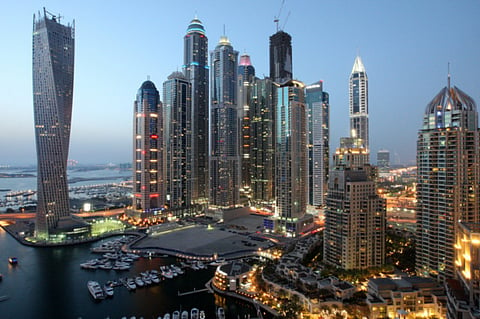UAE’s multi-millionaire population reaches 55,700, says new report
Between 2015 and 2016, number of UAE residents with Dh3.6 million in investable assets up by nearly 1%

Dubai: The UAE is slowly adding more multi-millionaires back to its wealthy population, with the number of high-net-worth individuals (HNWIs) reaching 55,700 in 2016 after plunging from a recent peak.
The 2017 World Wealth Report released on Thursday by business consultancy Capgemini, showed that about 400 people joined the ranks of the UAE’s wealthy between 2015 and 2016.
The HNWI bracket covers individuals with US$1 million (Dh3.6 million) in investable assets, as well as cash deposits, equities, bonds and funds, excluding their residence.
The UAE’s rich population, which collectively holds US$ 195.3 billion in private wealth as of the latest analysis, had earlier slumped to 55,300 in 2015 from a recent high of 65,500 in 2014. During the same period, private fortunes nosedived to US$193.2 billion from US$227.9 billion.
The earlier decline was attributed to “unprecedented market conditions.”
UAE’s multi-millionaire population
Year/ Population size
Across the Middle East region, the size of the wealthy population continues to expand, registering a 4.8 per cent increase in 2016 to 0.6 million, as wealth grew by 5 per cent to $2.41 trillion.
The population of millionaires in the region, as well as their fortunes, has been consistently growing since 2008.
Other studies, however, indicated that the UAE has consistently been attracting wealthy individuals. A report by New World Wealth, which tracks the migration of millionaires around the world, showed that 5,000 people with net assets of $1 million moved to the UAE in 2016, up from the 3,000 increase recorded in 2015.
Andrew Amoils, New World Wealth analyst, said the taxation regime in the UAE remains an attractive proposition for migrating millionaires.
“The UAE’s low tax rates and high safety levels make it particularly attractive to high-net-worth individuals (HNWIs). It also boasts several fast growing sectors including financial services, technology, healthcare and media,” said Amoils.
Sign up for the Daily Briefing
Get the latest news and updates straight to your inbox



